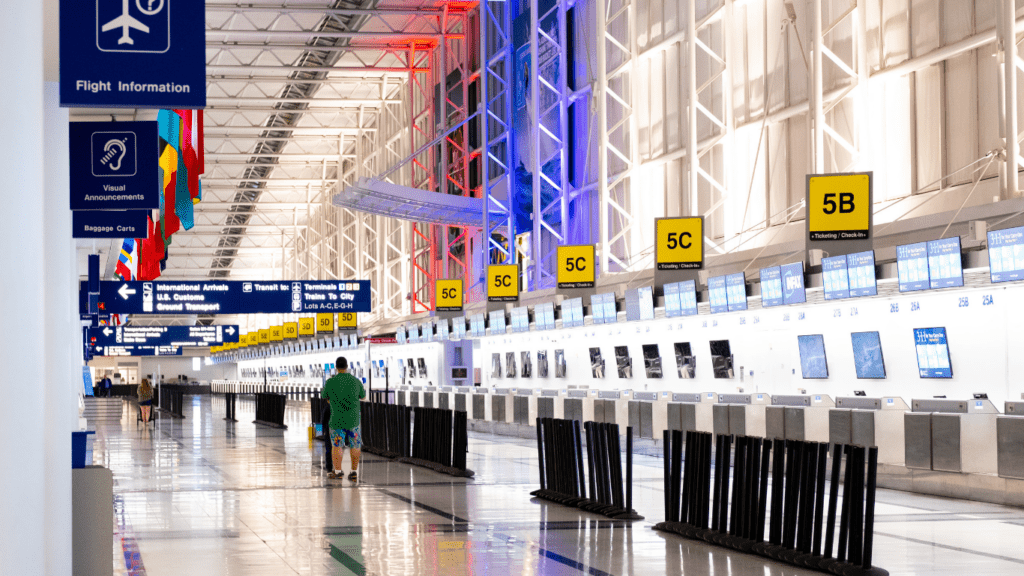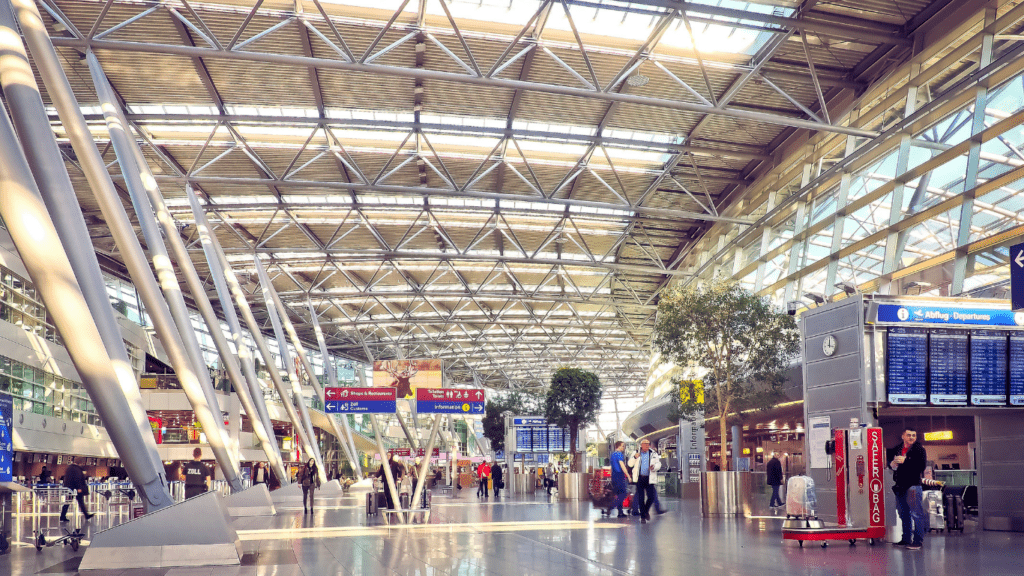Airports are no longer just transit hubs; they’re becoming tech-savvy environments that enhance our travel experiences. With innovations popping up all around, it’s exciting to see how technology is reshaping everything from check-in to baggage handling.
As I navigate through these modern terminals, I can’t help but appreciate how these upgrades not only save time but also reduce stress. Imagine breezing through security with facial recognition or having your bags tracked in real-time.
These advancements are designed to make our journeys smoother and more enjoyable. In this article, I’ll explore the latest airport innovations that are transforming the way we travel, making each trip a little more seamless and a lot more enjoyable.
Overview of Airport Innovations
Airport innovations focus on enhancing passenger convenience and overall experience. Significant advancements transform traditional travel processes into seamless journeys.
- Facial Recognition Technology: Facial recognition speeds up security screening. It reduces wait times at check-in and boarding gates.
- Real-Time Baggage Tracking: Baggage tracking systems provide real-time updates. Passengers receive notifications on their mobile devices about bag locations.
- Automated Check-In Kiosks: These kiosks allow self-service check-ins. Passengers can print boarding passes and bag tags independently.
- Biometric Screening: Biometric systems streamline check-in and security. Passengers show their face or fingerprint for identity verification.
- Mobile Apps for Travel Management: Many airlines offer mobile applications for travel. These apps provide flight status updates and gate changes.
- Smart Airport Infrastructure: Intelligent systems optimize airport operations. They control lighting, temperature, and crowd management.
- Contactless Payment Systems: Contactless payments reduce physical contact. Passengers can pay for amenities or services with mobile devices.
- Virtual Reality Experiences: Some airports introduce virtual reality for entertainment. Passengers explore destinations or airport features through VR headsets.
These airport innovations demonstrate a clear shift towards technology-driven solutions that enhance the passenger experience and make air travel more efficient.
The Role of Technology in Modern Airports
Technology plays a crucial role in the transformation of airports, enhancing security and improving the overall passenger experience. Innovations in various areas streamline operations and create a more efficient travel environment.
Enhancing Security Measures
Advanced security measures utilize technology to ensure passenger safety. Facial recognition systems verify identities quickly, reducing wait times at checkpoints. Biometric screening enhances efficiency by allowing travelers to move through security processes seamlessly.
Additionally, AI-powered surveillance monitors airport premises, detecting suspicious activities in real-time. These measures increase security while minimizing disruptions to the travel experience.
Streamlining Check-In Processes
Modern check-in processes benefit significantly from technology upgrades. Automated kiosks facilitate self-service check-ins, allowing passengers to bypass long lines. Mobile apps enable travelers to check in remotely, making boarding passes accessible on smartphones.
Contactless systems improve speed and convenience, allowing for touch-free boarding experiences. As a result, travelers enjoy a smoother and more efficient start to their journey.
Passenger-Focused Tech Upgrades
Innovations aimed at enhancing passenger experiences have emerged throughout airports. These upgrades provide convenience, efficiency, and peace of mind during travel.
Mobile Apps and Digital Solutions
Airlines now offer mobile apps that centralize travel needs in one place. These apps deliver real-time flight status updates, gate changes, and personalized notifications that reduce confusion and enhance communication.
Booking and check-in processes are seamless, as passengers can access tickets and boarding passes directly from their smartphones. Integration with mobile wallet features allows for quick and easy payments for in-airport purchases, minimizing friction while traveling.
Additionally, some apps incorporate augmented reality navigation tools that guide passengers through terminals, making it easier to find amenities and departure gates.
Smart Luggage and Tracking Systems
Smart luggage has revolutionized the way travelers manage their belongings. Equipped with built-in GPS tracking, these bags enable passengers to monitor their luggage via mobile apps, ensuring peace of mind about their bag’s location throughout their journey.
Some smart suitcases feature weight sensors that alert passengers when they’re at risk of exceeding weight limits, promoting smoother check-ins. Battery-powered features like charging ports also keep devices charged while on the go.
Tracking systems for conventional luggage, often integrated with airline apps, send notifications to passengers about their bag’s status, enabling a more stress-free arrival at destinations.
Innovative Facilities and Services
Airports increasingly focus on enhancing passenger facilities and services through technology. These innovations create a seamless and efficient travel experience.
Contactless Services and Automation
Contactless services streamline passenger interactions at every stage. Automated check-in kiosks allow travelers to check in and print boarding passes without staff assistance. Mobile apps enhance this experience by enabling check-ins directly from smartphones.
Payment processes utilize contactless technologies; travelers pay for meals and retail purchases via mobile wallets, reducing physical contact with surfaces. Automated baggage drop-off points expedite luggage handling, ensuring bags are securely transported to planes without delay.
These advancements minimize human interaction while increasing efficiency.
Smart Lounges and Waiting Areas
Smart lounges and waiting areas redefine passenger comfort and convenience. Many airports now feature lounges equipped with high-speed Wi-Fi, charging stations, and ergonomic seating, fostering a productive environment for travelers.
Some lounges incorporate personalized services through apps that allow passengers to order food and drinks directly from their devices. Smart seating areas track crowd levels, directing passengers to less congested spots. In addition, virtual reality stations and interactive displays provide entertainment options, enhancing the waiting experience.
These technological upgrades focus on creating a relaxing atmosphere that makes waiting times less stressful and more enjoyable for travelers.
Sustainability in Airport Technology
Sustainability integrates deeply into modern airport technology. Airports increasingly adopt eco-friendly practices and innovations to minimize environmental impact. Enhanced energy management systems track energy consumption, directing resources efficiently. Solar panels now power various airport facilities, reducing reliance on non-renewable energy sources.
Airports also invest in electric and hybrid vehicles for ground services. Such vehicles significantly reduce emissions during operations, contributing to cleaner air. Baggage handling and shuttle services increasingly feature electric alternatives, supporting sustainable transport.




